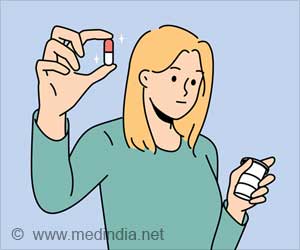
Diagnosis and management of depression in adolescents
Go to source). "Although more than 40% of people with depression experience onset before adulthood, depression remains undetected in many adolescents in Canada, and most are untreated," writes Dr. Daphne Korczak, a psychiatrist with the Hospital for Sick Children (SickKids) and the University of Toronto, Toronto, Ontario, with coauthors. "Clinicians consistently report a lack of confidence in their ability to care for adolescents with depression."
Adolescent Depression Increases with Age, Impacting Adulthood
The prevalence of depression in adolescents increases with age and is linked to poorer physical and mental health in adulthood. Pre-pandemic estimates were that depression affected 13%–15% of teens, but a recent study found that about 1 in 4 youths had symptoms of depression during the pandemic.‘"Depression affected 13%–15% of teenagers, according to estimates made before the pandemic, but a recent study found that during the pandemic, roughly 1 in 4 youth showed signs of depression during the period." #Depression, #Anxiety’
Tweet it Now
The review is based on the latest evidence and clinical practice guidelines from Canada, the United States, the United Kingdom, Australia and New Zealand. Key Topics:
Diagnosis - Irritability and sad or depressed mood, fatigue, sleep disturbance, decreased enjoyment of activities and difficulty concentrating in adolescents may indicate depression.
Screening - Although more research about universal screening for adolescent depression in primary care is needed, it may be appropriate in some cases. Clinicians should use a validated screening tool and recognize that screening does not replace a diagnostic assessment.
Management - A multifaceted approach is required and may include addressing health behaviours, psychotherapy and medication as well as addressing underlying stressors.
Advertisement
"Depression is an increasingly common but treatable condition among adolescents. Primary care physicians and pediatricians are well positioned to support the assessment and first-line management of depression in this group, helping patients to regain their health and function," write the authors.
Advertisement
Reference:
- Diagnosis and management of depression in adolescents - (https://www.cmaj.ca/content/195/21/E739)















